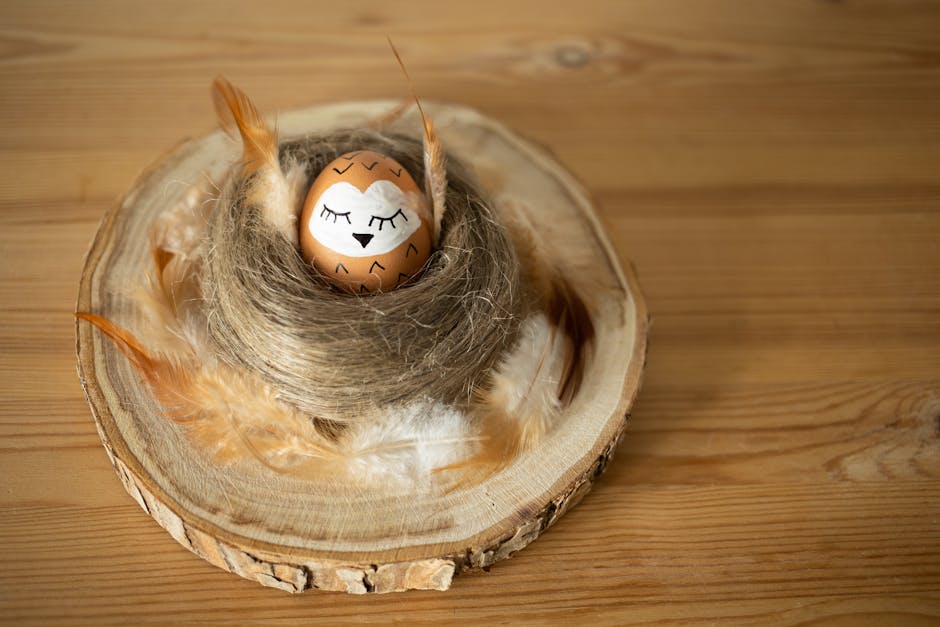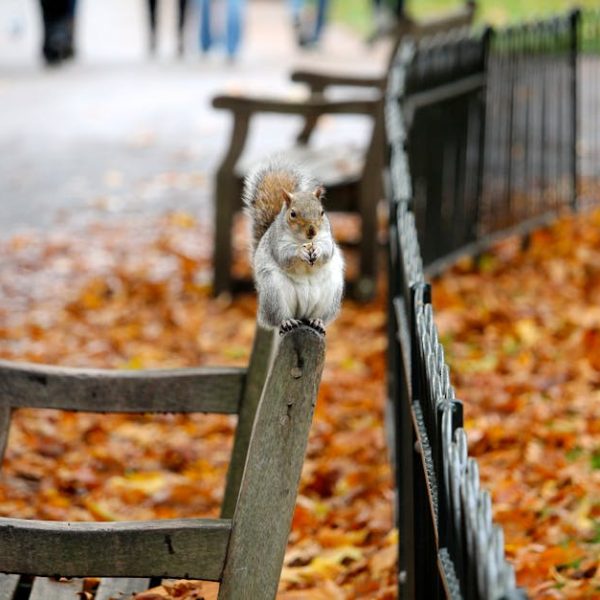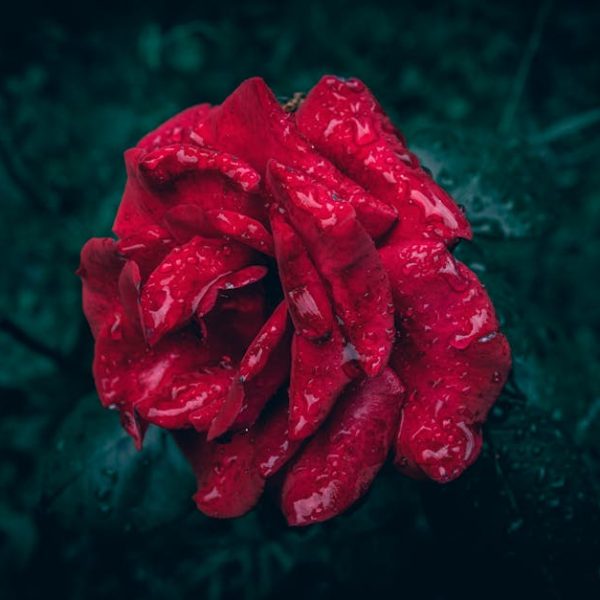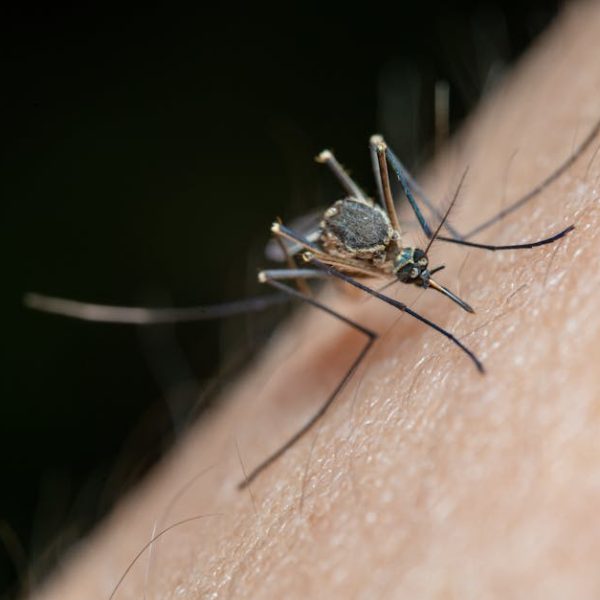Wasps – a mere mention can invoke a shiver of fear in many of us, and rightly so. These formidable predators, especially known for their painful stings, are a formidable presence in our homes and gardens. But don’t be deterred – there are various safe, DIY methods you can deploy to handle a wasp invasion. These methods not only eliminate the immediate threat but can also prevent future infestations, while also being eco-friendly and non-toxic.
Understanding Wasps: What Attracts Them?
While you may perceive wasps as unwanted invaders, understanding the ecological role and lifestyle of these insects is crucial for effective control. Wasps primarily search for two things: food and shelter. Sugary foods, proteins like meats, and certain scents particularly attract them. A hole in a tree or your house’s siding makes for an excellent nesting spot.
Key Wasp Attractants Include:
- Open garbage cans or compost bins: These are coated in decaying organic matter – a feast for wasps.
- Overripe fruits and sugary beverages: Their natural sweetness draws wasps.
- Cosmetic products: Fragrant scents from shampoos, soaps, and fragrances can lure them.
Reducing these attractants is the first defensive line against a wasp invasion. Ensuring proper trash management and cutting back on wearing bright, floral clothing can drastically reduce your property’s wasp appeal.
Assessing the Wasp Situation
Sometimes, despite your best efforts, wasps may make your home theirs. When this happens, the initial step involves assessing the wasp activity around your home. Are the wasps solitary or social? Where are the nests located, and how many are there?
Observing the wasps’ activity patterns during different times of the day can reveal useful insights. Early morning or late evenings, when wasps are typically less active, are the best times to conduct your inspection.
Remember, solitary and social wasps require different management strategies. Solitary wasps, despite their intimidating appearance, are usually non-aggressive and beneficial to your garden, controlling pest populations. On the other hand, social wasps tend to be more aggressive, especially if they perceive a threat to their colony.
Safe DIY Wasp Killer Tips
Suppose you’ve found an active wasp nest in your vicinity. In that case, safety should be your topmost priority. Wearing appropriate clothing covering the entire body, including gloves, is non-negotiable.
Let’s explore some of the safe and effective techniques to tackle wasps:
1. Natural insecticides: A spray with a solution of dish soap and water can kill wasps instantly upon contact.
2. Use a wasp trap: Traps filled with sugary bait can attract and trap wasps.
3. Use of peppermint oil: Wasps despise the smell of peppermint. Spraying a mixture of water and peppermint oil can deter them.
4. Employ smoke: Like many insects, wasps dislike smoke. A controlled small fire under their nest can drive them away.
Each of these DIY wasp management methods has its pros and cons, which we’ll explore in detail in the following sections. Always remember, if the wasp infestation is extensive or you’re allergic to wasp stings, it’s best to call in professionals.
Recipes for Homemade Wasp Sprays
Utilizing homemade wasp sprays has several benefits. They are non-toxic, minimizing the potential harm to you, your children, pets, and the environment at large. Plus, most of these sprays can be made from readily available household ingredients.
Let’s explore some simple homemade wasp killer sprays:
Soap and Water Spray:
- Ingredients: Dish soap and water
- Instructions: Mix one part dish soap with three parts water in a spray bottle. Shake up the mixture and spray directly at the wasps or their nests.
Vinegar Wasp Spray:
- Ingredients: White vinegar and water
- Instructions: Mix equal parts of white vinegar and water in a spray bottle. Shake well before spraying it on the wasps or their nests.
Peppermint Oil Spray:
- Ingredients: Peppermint oil and water
- Instructions: Add 30-40 drops of peppermint oil to a cup of water. Spray the mixture near areas of wasp activity to deter them.
Just remember, while these sprays can be effective, they do require direct contact to kill or deter wasps. Be extremely careful while using them.
Maintaining a Wasp-free Environment
Once you’ve addressed the immediate wasp issue, it’s critical to implement strategies to prevent future infestations. This involves regular checking for nests, prompt removal of fallen fruits that might attract wasps, and adequately sealing any potential entry points.
Moreover, did you know certain plants can deter wasps?
- Plants such as wormwood, eucalyptus, and spearmint have wasp-deterring properties.
- Planting these in your garden can act as natural wasp repellents.
Pro Tip: Regularly cleaning and maintaining your property is the key to a wasp-free environment. Keep garbage bins sealed, clean up spilled food and drinks immediately, trim overgrown plants and always be on the lookout for signs of wasp activity!
Remember, while these DIY methods can effectively handle minor wasp invasions, don’t hesitate to seek professional help for larger infestations or if you’re at risk of allergic reactions from wasp stings. Safety always comes first!
Key Takeaway:
- Wasps are attracted to sugar and protein sources, certain scents, and potential nesting sites. Effective trash management can reduce wasp attraction.
- Assessing the type and extent of wasp activities can guide the management protocol to follow.
- Safe DIY methods like using natural insecticides, creating traps, and using essential oils can be effectively used to handle wasp invasions.
- Homemade wasp sprays using common household items offer a non-toxic and eco-friendly solution.
- Preventive measures like regular inspection for nests and using plants that deter wasps can help maintain a wasp-free environment.
Handling a wasp issue can be nervewracking, but with the right knowledge and safe DIY strategies, you can protect your home from these unwelcome guests. Always remember, if the infestation is severe or you are at risk from wasp stings, professional help is only a call away – safety should always come first!
FAQs
Q: Are there specific times of the day when wasps are less active?
A: Yes, wasps are usually less active during early morning or late evening hours. That’s the best time to conduct your inspection or implement your management strategy.
Q: Can I use these DIY methods for other pests as well?
A: The methods listed here are specifically targeted at wasps. However, some might be effective against other pests too. We suggest checking specific deterrents and solutions for different pests.
Q: Are there any specific plants that attract wasps?
A: Yes, overripe fruits and bright colorful plants can attract wasps. It’s recommended to remove fallen ripe fruits promptly and avoid having too many bright flowering plants, especially near entrances.
Q: How often should I check for wasp nests?
A: Regular inspection is key in preventing wasp infestations. This depends on the season and your area, but generally inspecting your property at the start of spring (when queens start to build nests) and periodically throughout warmer months is beneficial.
Q: How effective are homemade wasp sprays?
A: The effectiveness of homemade sprays can vary based on the species of the wasp and the accuracy of application. While they can be effective in some situations, professional help should be sought for severe infestations or if stings pose a significant health risk.
Explore more posts on our website for other helpful DIY tips and eco-friendly solutions. If you found this article useful, don’t forget to share it with your friends and family.






